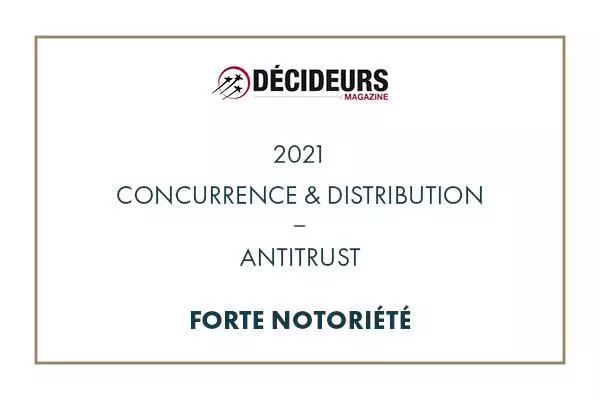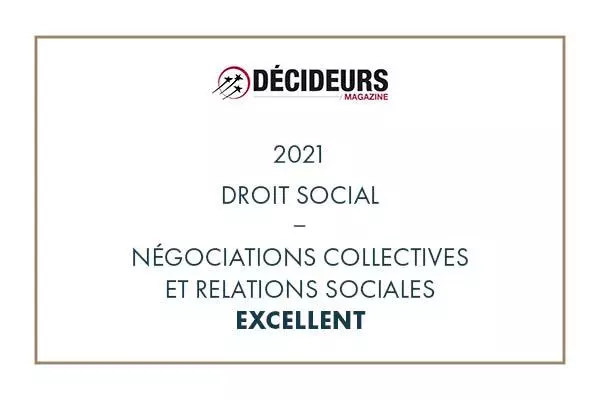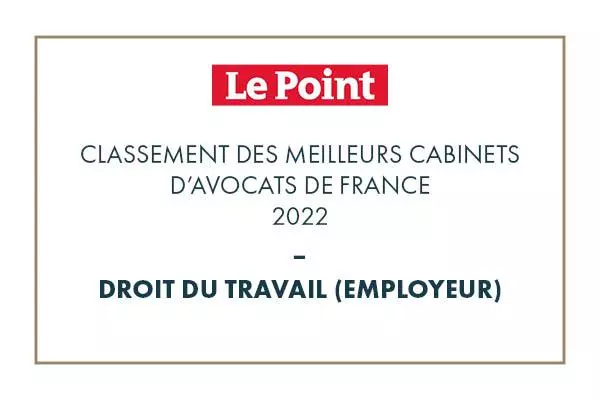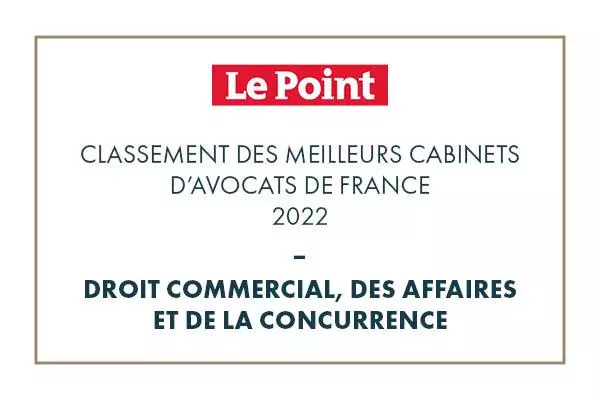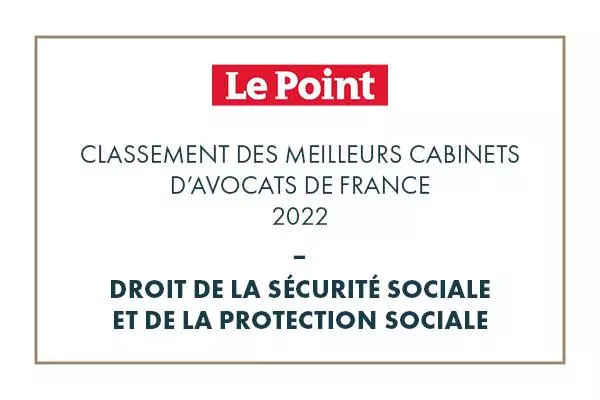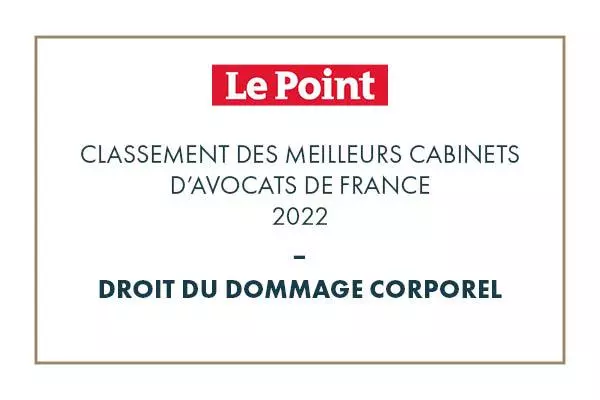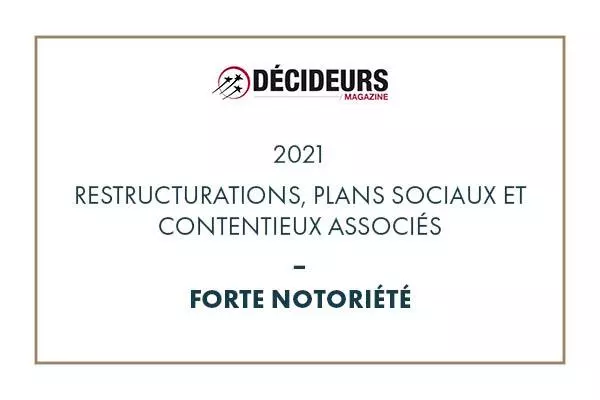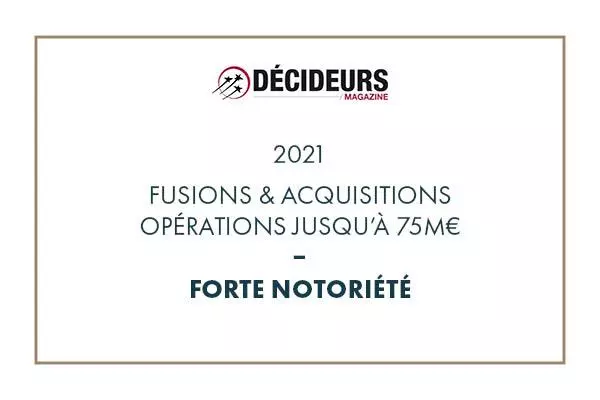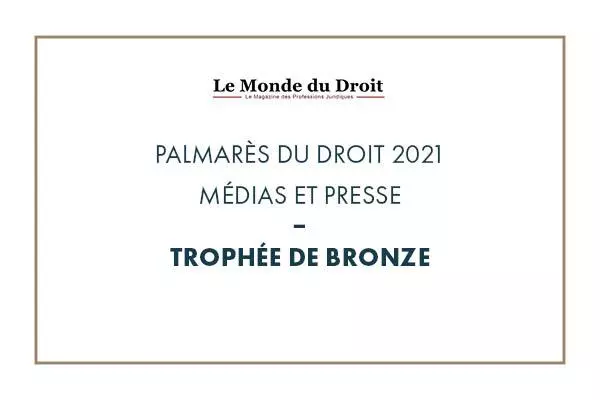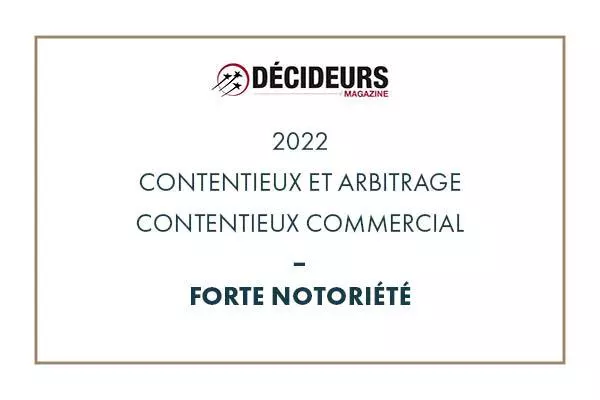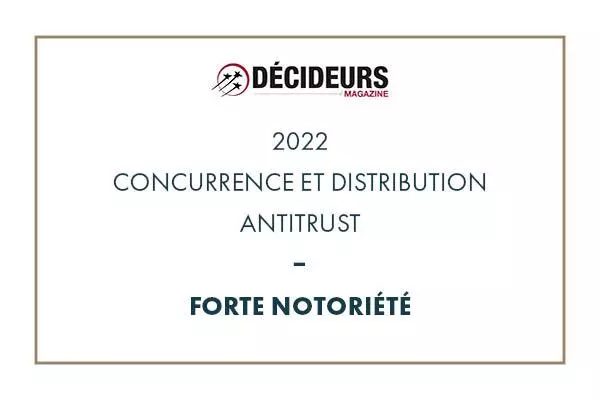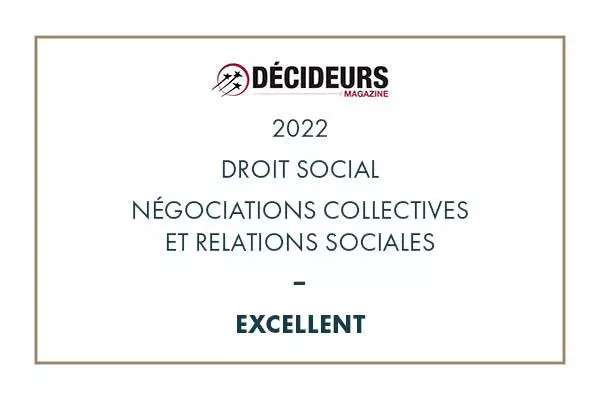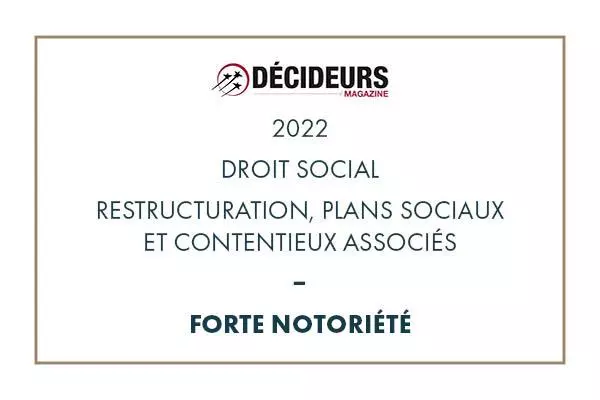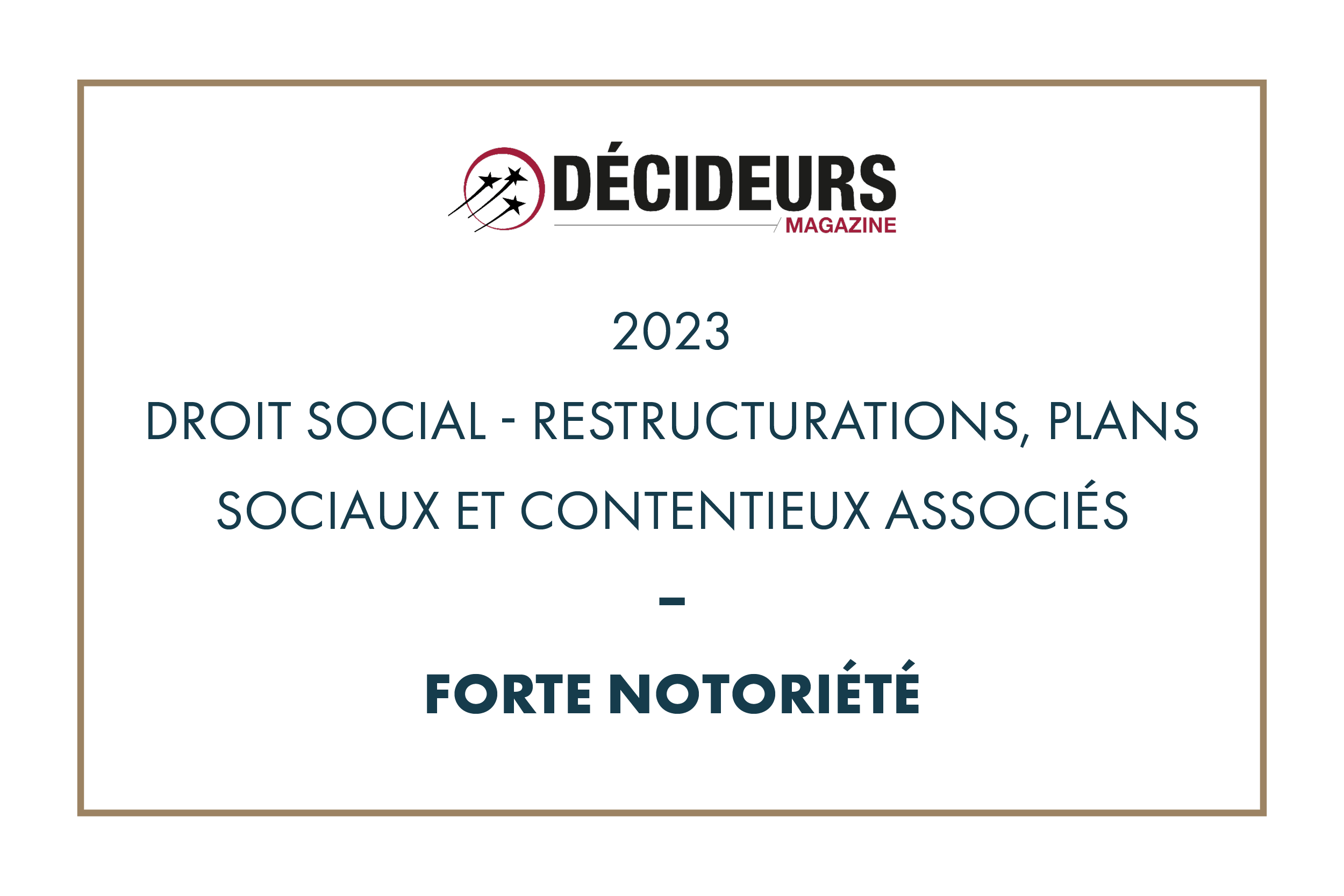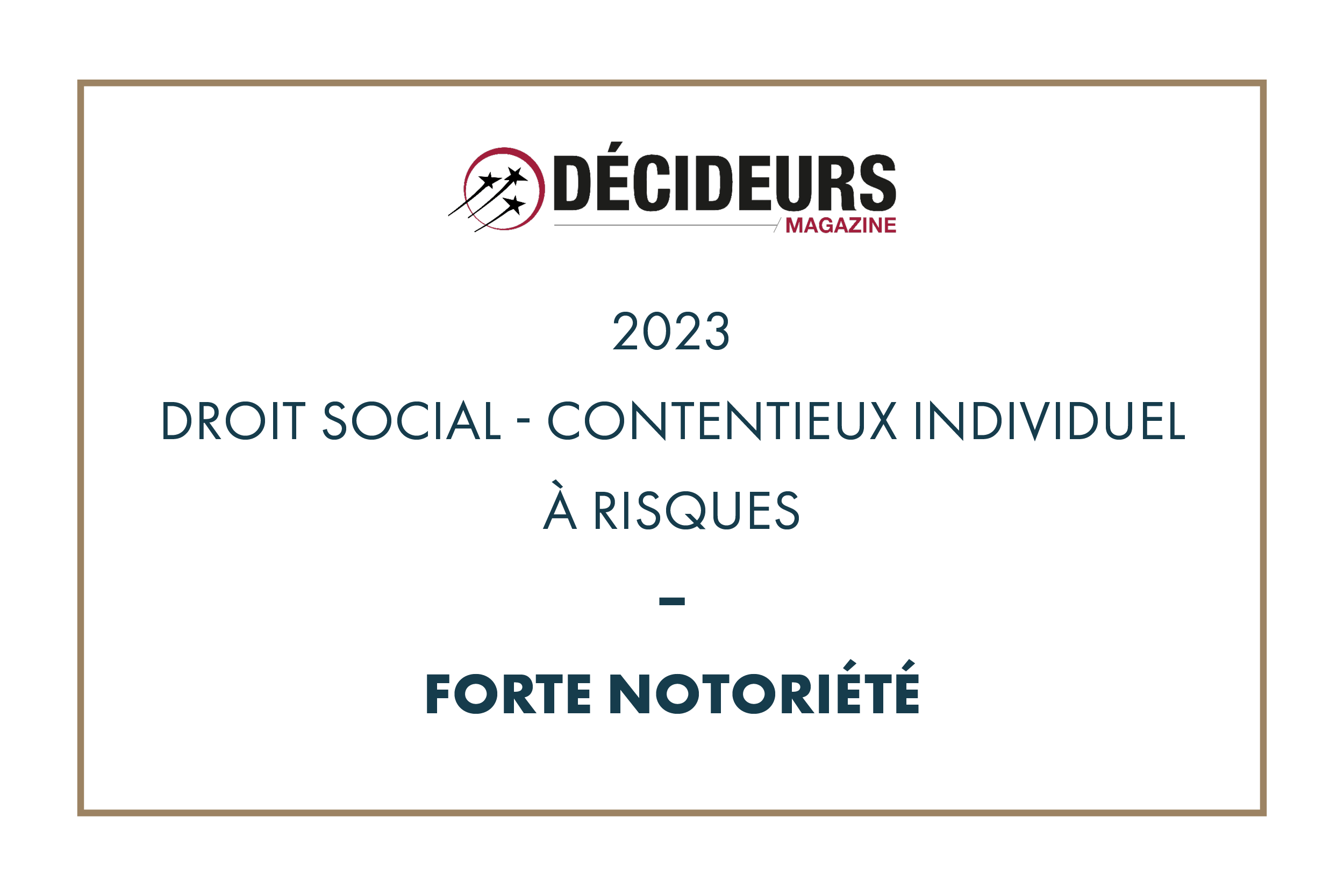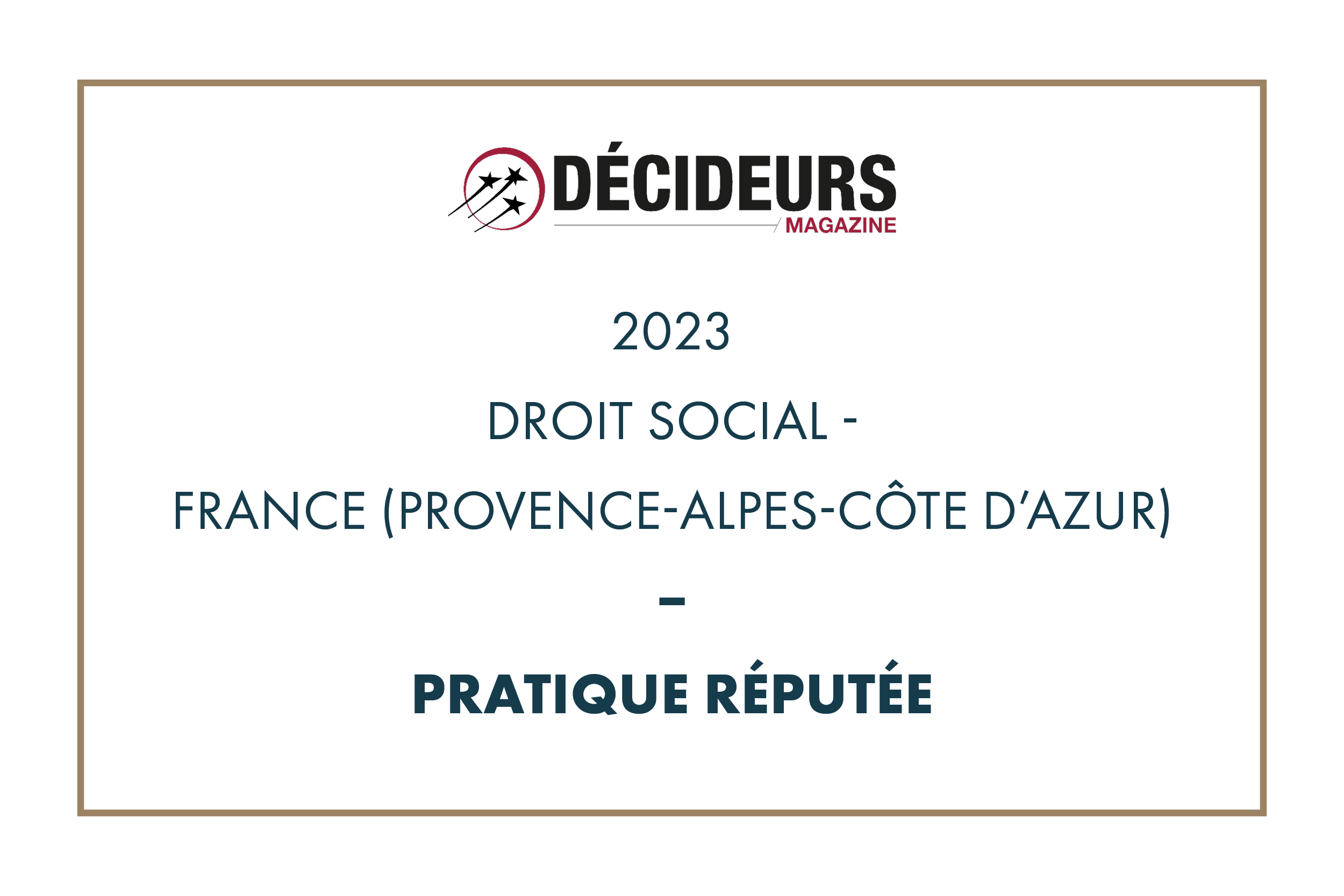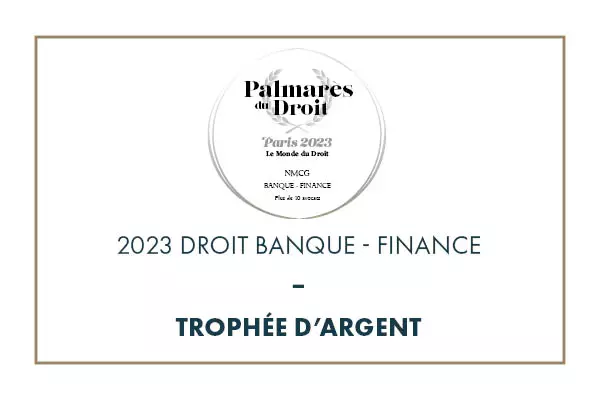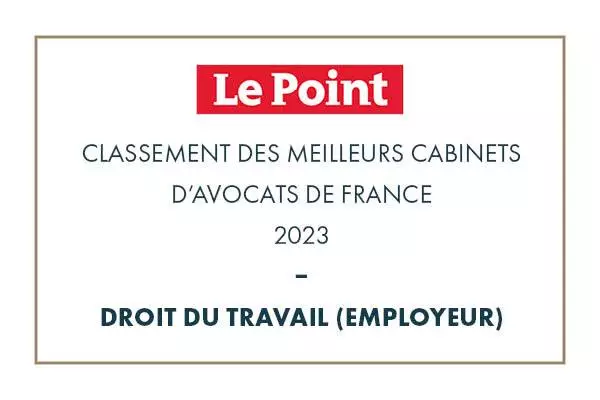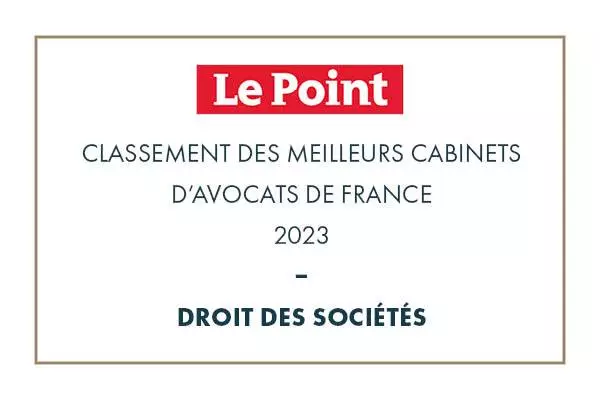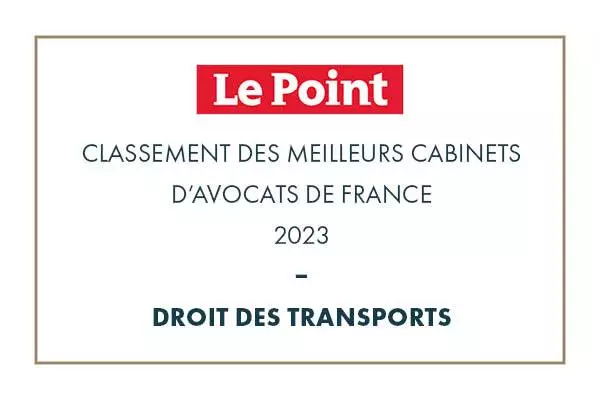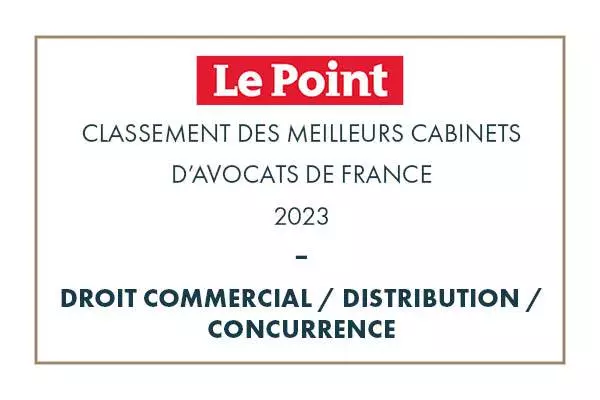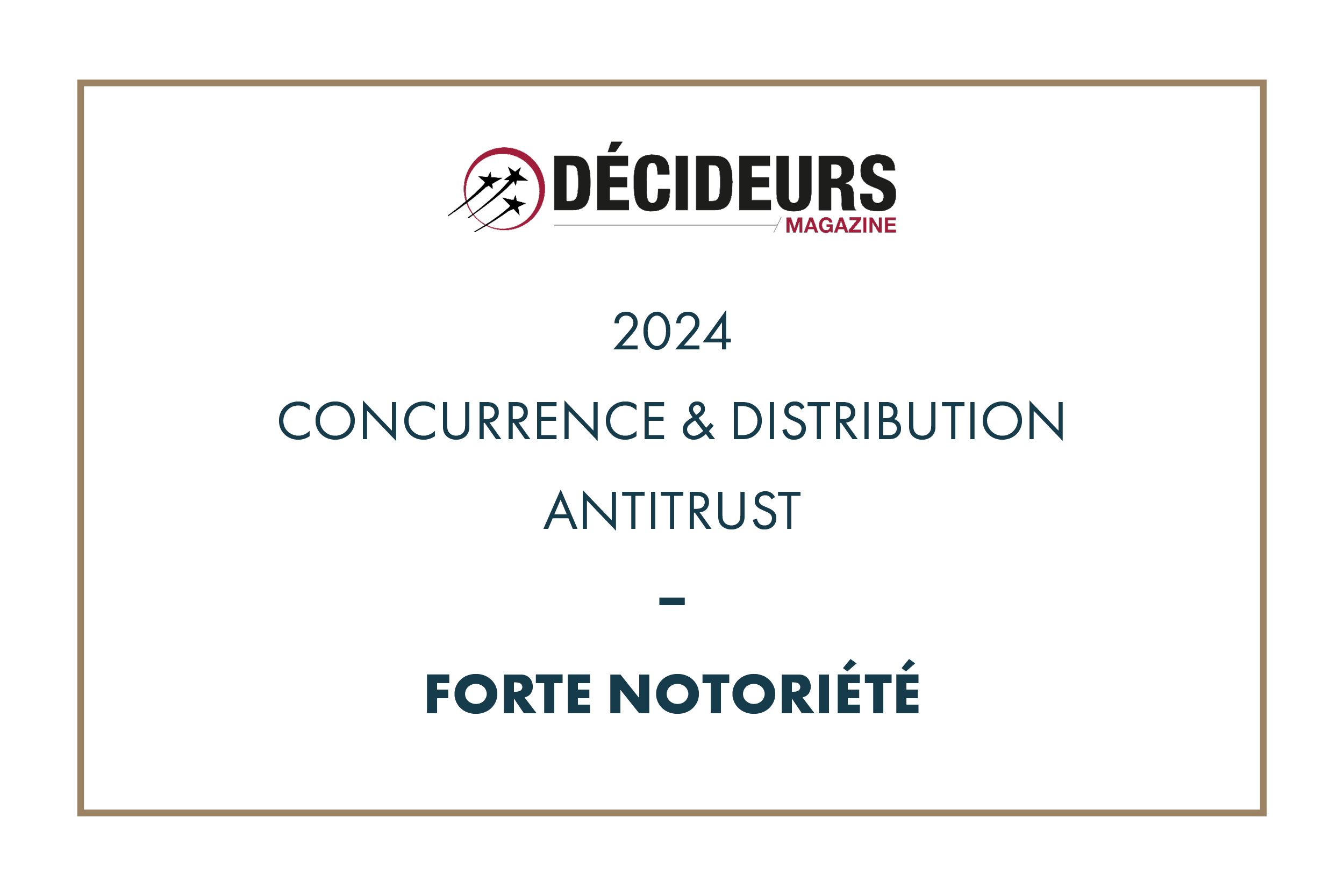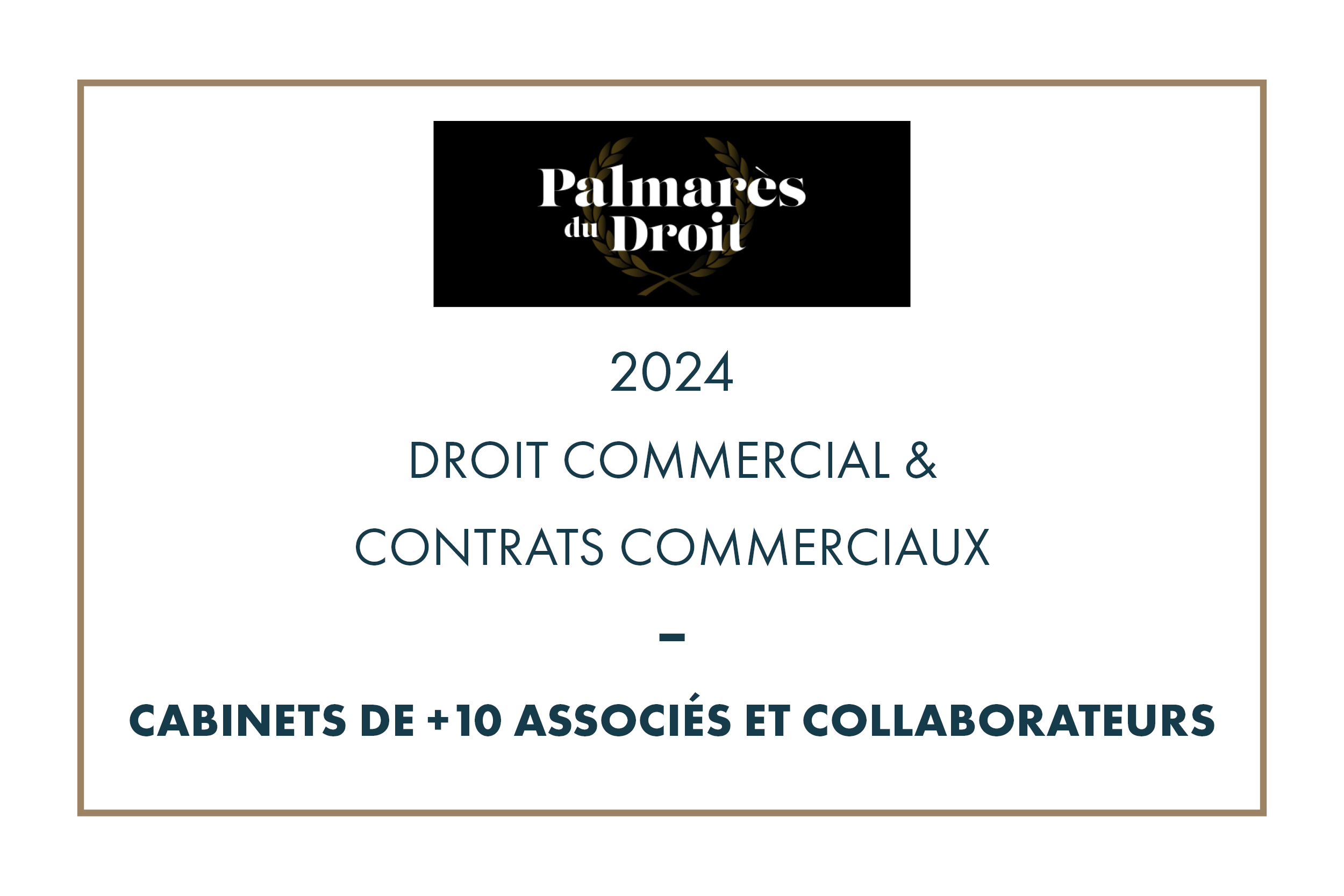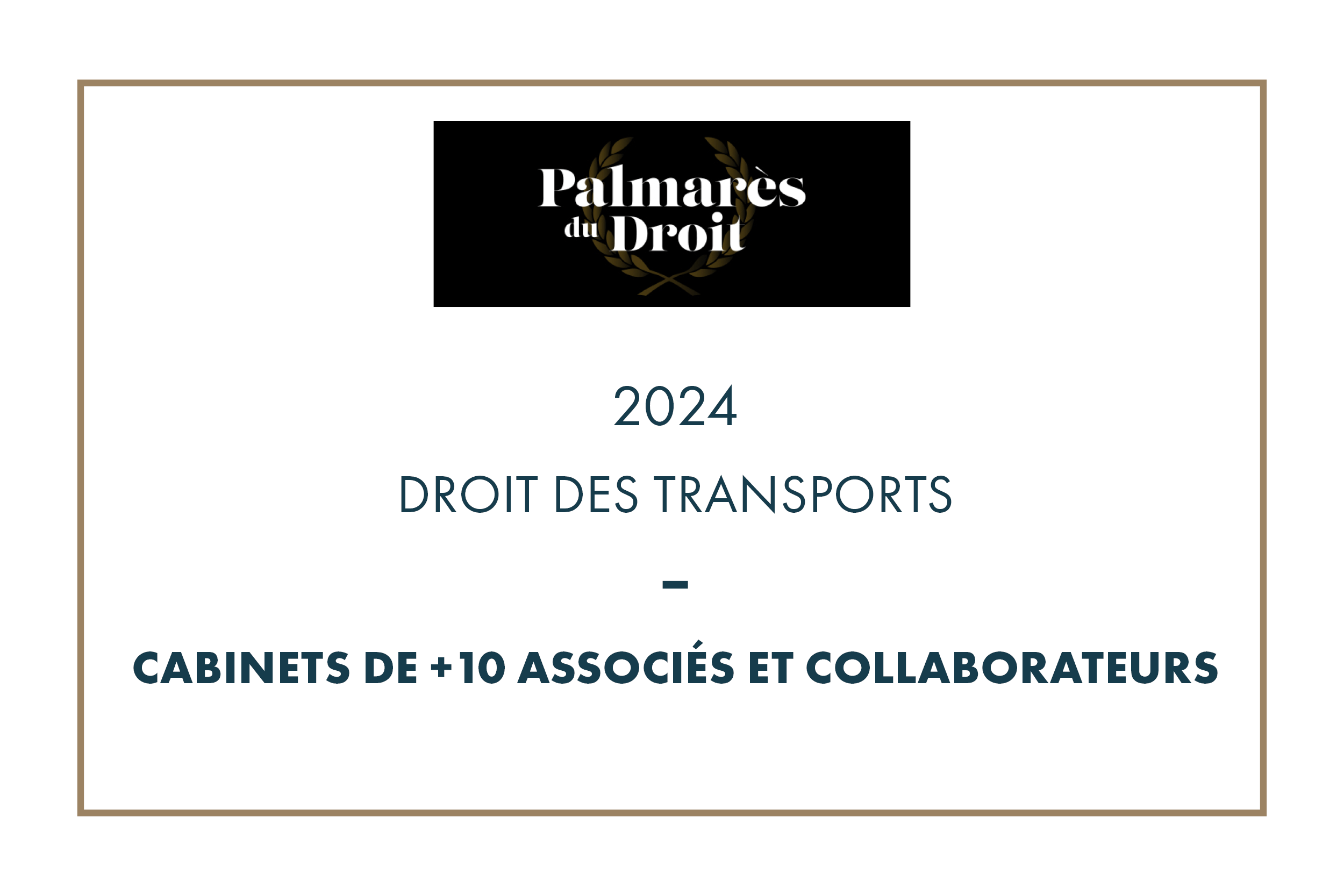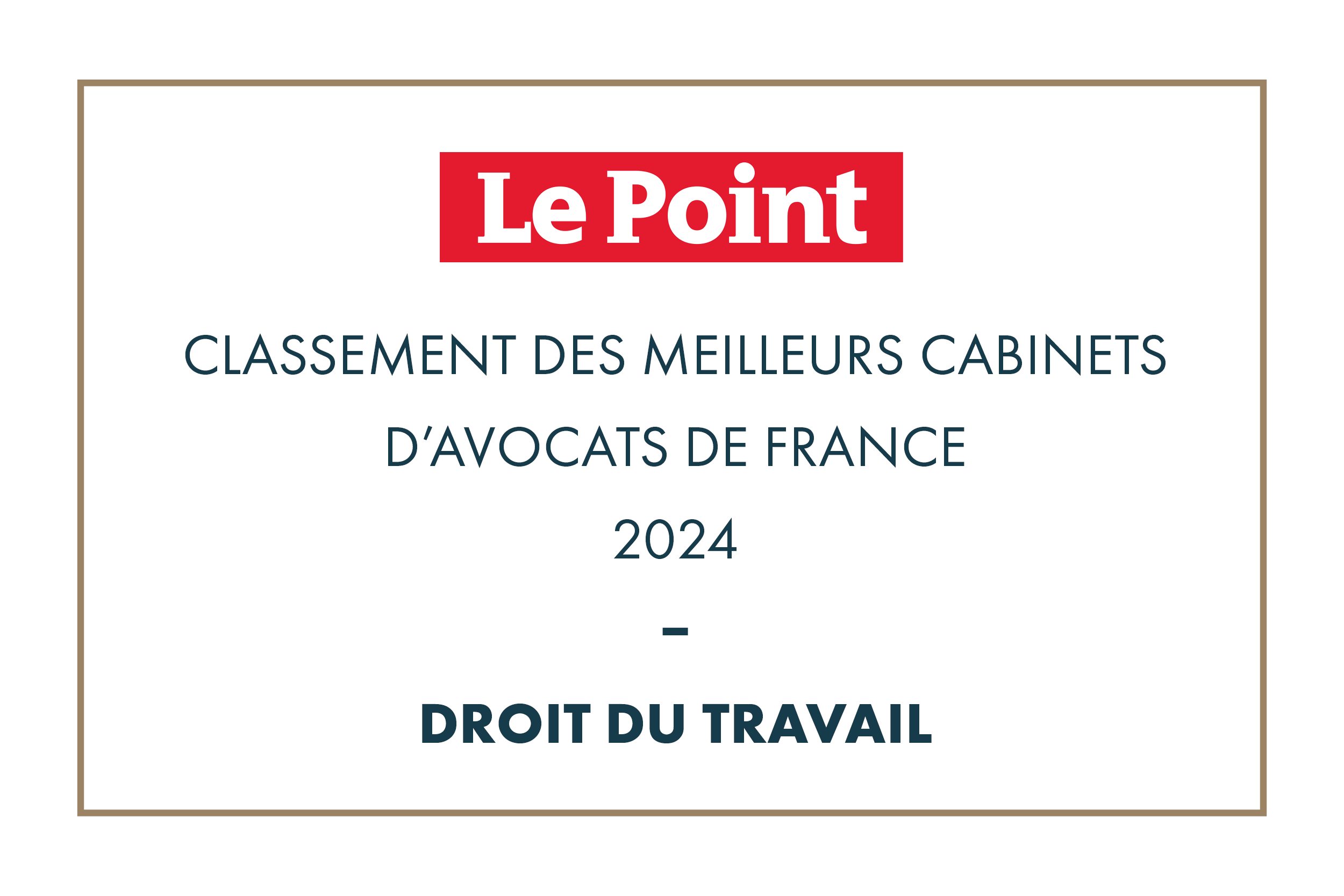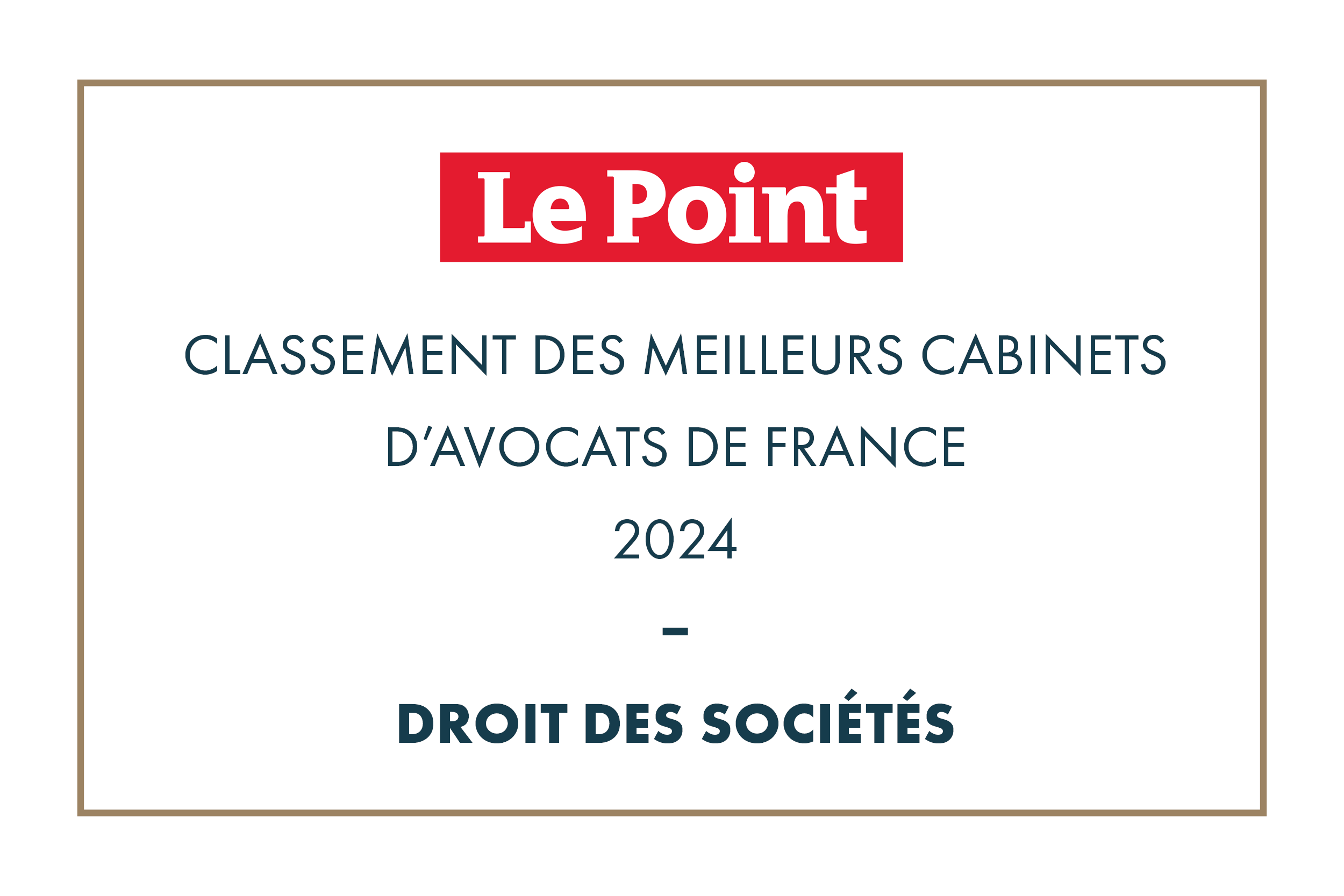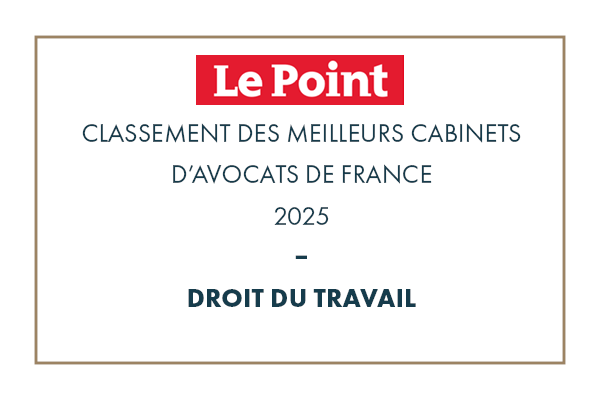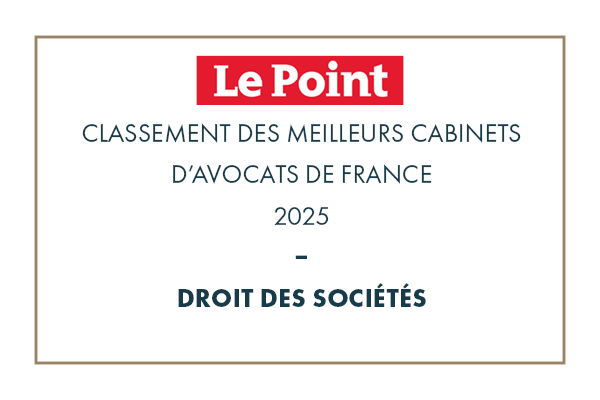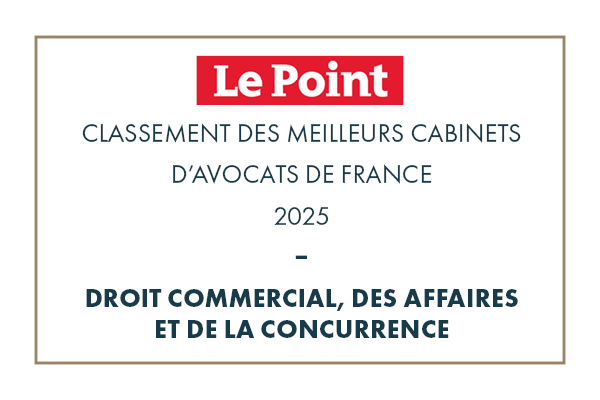Conciliation and Renegotiation of EMPs […]
5 March 2024
EMP Conciliation and Renegotiation: A Confidential and Efficient Solution for Companies in Difficulty
In today’s unprecedented economic climate, with companies having to cope with the repayment of PGEs, raw material price rises and, a few months ago, energy price rises, the conciliation procedure, governed by Articles L.611-4 to L.611-15 of the French Commercial Code, appears to be a valuable lifeline, or rather, a preventive measure that should not be overlooked.
It provides a legal framework for renegotiating debts, particularly State Guaranteed Loans (SGLs), while preserving confidentiality and business continuity.
The procedure is generally open for 3 months, and can last up to 5 months.
The aim is to reach a written agreement with creditors, which can then be approved by the court.
Conciliation Theory: A Mechanism for Negotiation and Prevention
Conciliation is a voluntary procedure designed to help companies in difficulty reach an amicable agreement with their creditors, under the aegis of a Conciliator appointed by the Court.
The seizure is made by petition filed with the Clerk’s Office. The fees of the Conciliator (who is a Judicial Administrator) are free and negotiated before the procedure.
The company must not be in suspension of payments (this is the difference with receivership).
The aim is twofold: to enable the company to overcome its immediate financial difficulties, and to ensure the continuity of its economic activity (present and future). This system is distinguished by its confidential nature (no mention in the Kbis or publication in the BODACC), thus guaranteeing the protection of the company’s reputation and its ability to continue its commercial relations, particularly in the context of invitations to tender.
Renegotiating EMPs: A Practical Application
The COVID-19 pandemic saw the massive allocation of PGEs to support companies affected by the crisis.
Faced with repayment deadlines only a few months away, many companies are finding themselves in difficulty, having failed to anticipate upcoming repayments, and are turning to conciliation to renegotiate the terms of these loans.
The specificity of this approach lies in the fact that renegotiation within this framework (only) maintains the State guarantee, a significant advantage for both companies and banks.
Conciliation thus offers a strategic way out, enabling debt restructuring tailored to the company’s current situation.
In practical terms, it is generally possible to negotiate between 12 and 24 months of freezing coupled with a loan maturity extension of a similar duration (or not, depending on what is required).
It should be noted that during the conciliation process, banks generally grant a “stand still”, thus creating an “air gap” for the duration of the procedure.
Negotiations with other creditors and the Commission des Chefs des Services Financiers (CCSF)
At the heart of the conciliation process is, of course, the possibility of negotiating with other creditors, or of calling on the CCSF to facilitate an agreement (as far as the CCSF is concerned, it has to be said that companies give preference to public debt when they run out of cash).
This dual approach enables us to adapt to the specific needs of each company. Conciliation opens the door to customized solutions.
Creditors need to be shown that the reasonable business plan presented can only be achieved with their help, otherwise suspension of payments is inevitable (as in the case of a safeguard procedure, but the latter is public and therefore entered in the Kbis).
Conclusion: Conciliation as a strategic solution
Conciliation, as defined by Articles L.611-4 et seq. of the French Commercial Code, is therefore a strategic solution for companies seeking financial stability, but anticipating imminent difficulties.
It provides a framework for debt renegotiation, under the authorization of the President of the Commercial Court, while respecting confidentiality and preserving essential commercial relationships. Through its practical application, particularly in the context of EMP reimbursement, conciliation demonstrates its effectiveness and relevance, underlining the importance of a flexible approach (since it is decided by the manager with the conciliator).
The most important thing is to implement this procedure before it’s too late.
To do this, it is advisable to identify the creditors to be targeted by the procedure, to prepare business and cash flow forecasts taking into account the hypothesis(es) that will be presented to the creditors, and to list the efforts already made by the company (as the creditors will not want to be the only ones to make efforts – nota bene).
Anticipation is the watchword!









